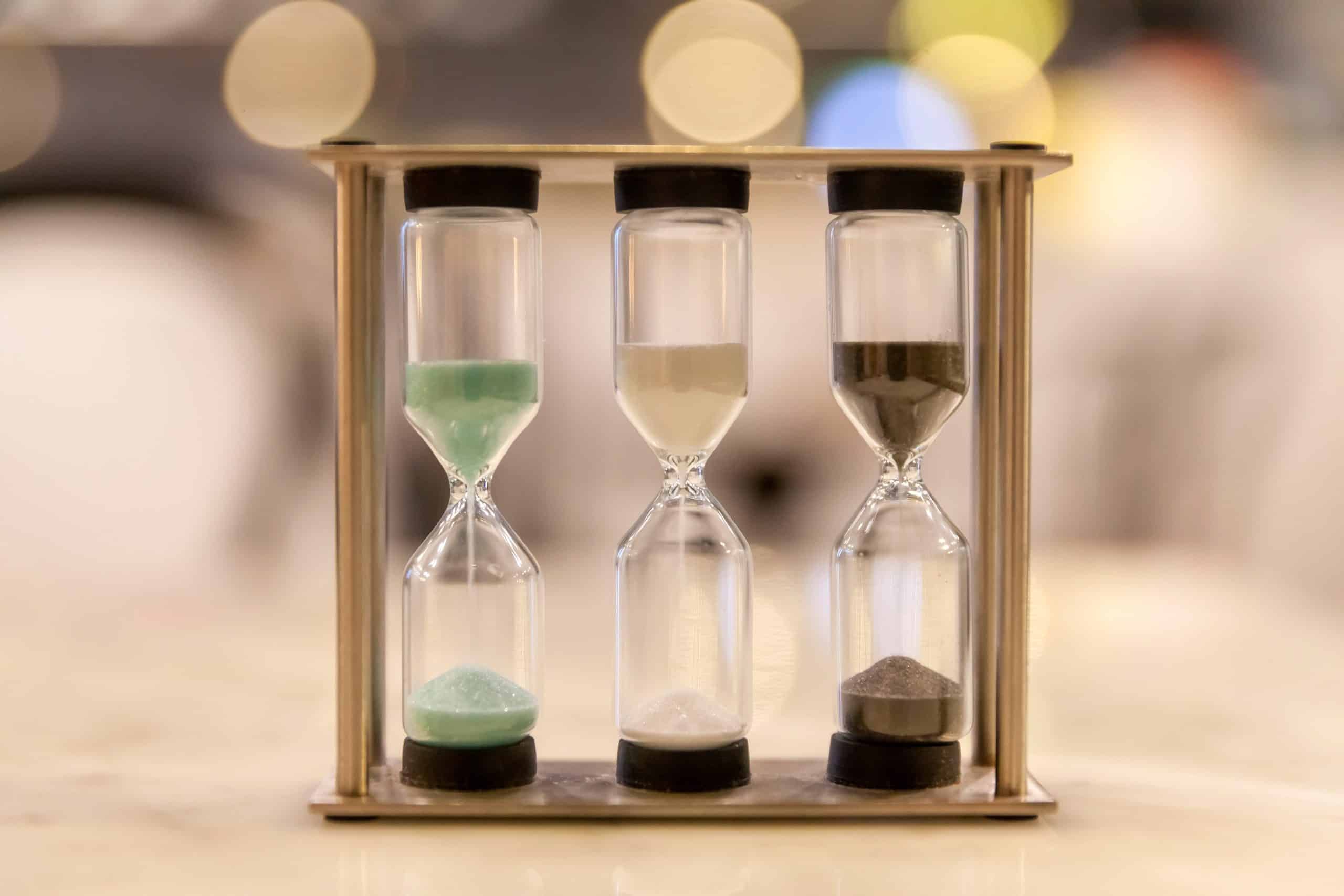How to Replace the Timing Belt on a Subaru Legacy Without Affecting Engine Timing?

For those of you who own a Subaru Legacy, it’s important to understand the significance of the timing belt in your vehicle’s engine. This rubber belt synchronizes the crankshaft and camshaft rotation to ensure your engine valves open and close at the right times during each cylinder’s intake and exhaust strokes. Regular maintenance and eventual replacement of this integral part is essential to prevent any potential engine damage.
Replacing a timing belt on a Subaru Legacy is not a simple task. It requires attention to detail and a good understanding of how your car’s engine works. This article will guide you through the process, step by step, and help you maintain your car in the most efficient manner.
A découvrir également : How to Choose the Best Brake Fluid for a Track-Ready Nissan GT-R?
Understanding the Importance of Timing Belt Replacement
Before we delve into the replacement process, it is vital to understand the significance of timing belts in your vehicle’s operation.
The timing belt is one of the most crucial parts of your Subaru engine. It’s responsible for synchronizing the movements of the crankshaft and the camshafts, ensuring that the engine’s valves open and close at the correct times during each cylinder’s intake and exhaust strokes. If the timing belt fails or slips, it can cause serious damage to the engine, resulting in costly repairs or even the need for a complete engine replacement.
A lire également : What’s the Best Way to Enhance the Acceleration of a Volkswagen Jetta GLI?
According to Subaru service recommendations, the timing belt should be replaced every 105,000 miles or every 105 months, whichever comes first. However, various factors such as driving conditions, weather, and the overall age of the vehicle can affect the belt’s lifespan. Therefore, regular visual inspections of the belt are recommended to detect any signs of wear and tear or potential issues.
Identifying Signs of a Defective Timing Belt
Knowing when to replace your timing belt is paramount in preventing engine damage. Here are some tell-tale signs that your timing belt needs a check or replacement.
A common sign of a defective timing belt is a ticking noise coming from the engine. This is often the result of the belt being loose, causing it to tap against the side of the engine. Additionally, if your car struggles to turn over, this could be a sign that the belt is worn out and is failing to turn the camshaft as it should.
You may also notice that your engine runs, but your car isn’t moving. In this case, your timing belt might be broken. In such a scenario, cease driving immediately and arrange for a tow to your nearest Subaru service center to avoid causing further engine damage.
Tools and Parts You Will Need
Before you start the process of replacing the timing belt on your Subaru, gather all the necessary tools and parts.
To complete the timing belt replacement, you’ll need a basic tool set, including a socket set, wrenches, screwdrivers, and a torque wrench. You will also need a hydraulic jack and jack stands to lift the vehicle.
The key parts you will need include a new timing belt, tensioner, idler pulleys, water pump, and coolant. Subaru recommends replacing the water pump and idler pulleys whenever you change the timing belt, as they tend to wear out at the same rate. Using Subaru Genuine Parts is encouraged to ensure optimal performance.
Procedure for Replacing the Timing Belt
Now that you have all the necessary parts and tools, let’s dive into the step-by-step process of replacing the timing belt on a Subaru Legacy.
Start by disconnecting the negative battery cable to prevent any accidental electric shocks. Then, raise the front of the vehicle using the hydraulic jack and secure it with jack stands. Remove the engine’s right-side wheel and the splash guard for better access to the timing belt cover.
Once you’ve reached the timing belt, mark the belt’s direction of rotation using a white marker or chalk. It helps in case you need to reinstall it. Remove the belt tensioner and idler pulleys and then carefully take off the timing belt.
Install the new timing belt, ensuring that it rotates in the same direction as marked on the old one. After that, install the tensioner and idler pulleys and adjust the tension on the belt as per the manufacturer’s specification.
Finally, reinstall the timing belt cover, splash guard, and wheel. Reconnect the battery, start the engine, and allow it to run for a few minutes to verify that everything works as intended.
Conclusion
Remember, if you’re uncomfortable performing any part of this service or if the task seems too daunting, don’t hesitate to take your Subaru Legacy to a professional mechanic. Regular maintenance is key to ensuring your vehicle runs smoothly and safely, and the timing belt is an integral part of that upkeep.
How a Broken Timing Belt Can Damage Your Subaru Engine
A timing belt is a key factor in your Subaru engine‘s performance, and when it breaks, the consequences can be severe.
When the timing belt breaks, the synchronization between the crankshaft and camshaft is lost. This de-synchronization results in the pistons and valves colliding, which is commonly referred to as a "piston-valve collision." This collision can lead to substantial damage, such as bent valves, damaged pistons, or even a cracked cylinder head.
In more severe cases, a broken timing belt may cause the entire engine to seize up, rendering your Subaru Legacy inoperable. In such situations, the engine might need to be completely replaced or rebuilt, which can be significantly costly. Therefore, proper and timely timing belt maintenance is crucial to avoid these expensive repairs.
Another point to consider is the cooling system. The water pump, which is often driven by the timing belt in many Subaru engines, can also fail if the timing belt breaks. This can lead to overheating, causing additional damage to the engine. Thus, Subaru recommends replacing the water pump at the same time as the timing belt to prevent such issues.
The Timing Belt Kit and Its Components
When considering a timing belt replacement for your Subaru Legacy, it’s important to understand the components that are typically included in a timing belt kit.
A standard belt kit usually includes the timing belt itself, the tensioner, and one or more idler pulleys. The timing belt ensures precise timing of the engine’s valves, the tensioner maintains the correct tension on the belt, and the idler pulleys guide the belt around its route.
As stated earlier, Subaru also recommends replacing the water pump alongside the timing belt. Not all timing belt kits will include a water pump, so you might need to purchase it separately. It is advised to use Genuine Subaru parts, as these are designed to meet Subaru’s exacting quality, reliability, and performance standards.
In addition, some kits might include a hydraulic tensioner. This component automatically adjusts the timing belt tension based on the engine’s operating conditions, enhancing the belt’s lifespan and the engine’s efficiency.
Finally, if you’re up for a full service, consider replacing other key components like the thermostat, camshaft seals, front crankshaft seal, and drive belts. Replacing these components in conjunction with the timing belt minimizes the risk of future engine problems.
Conclusion
Being a responsible Subaru Legacy owner means being attentive to the critical components of your vehicle, and the timing belt is one of those. Regular checks and timely replacements, as stated in the owner manual, can save you from costly engine repairs down the line.
Remember, while replacing the timing belt, it’s a good practice to replace other parts like the tensioner, idler pulleys, and water pump, given their tendency to wear out at the same rate. Purchasing a comprehensive belt kit ensures you have all the right components for the job.
However, replacing a timing belt is not a simple DIY project. It requires mechanical proficiency and a thorough understanding of your vehicle’s engine. If you’re uncomfortable performing this task, don’t hesitate to hire a professional mechanic. It’s all about maintaining the longevity of your Subaru Legacy, while ensuring a smooth and safe ride.
